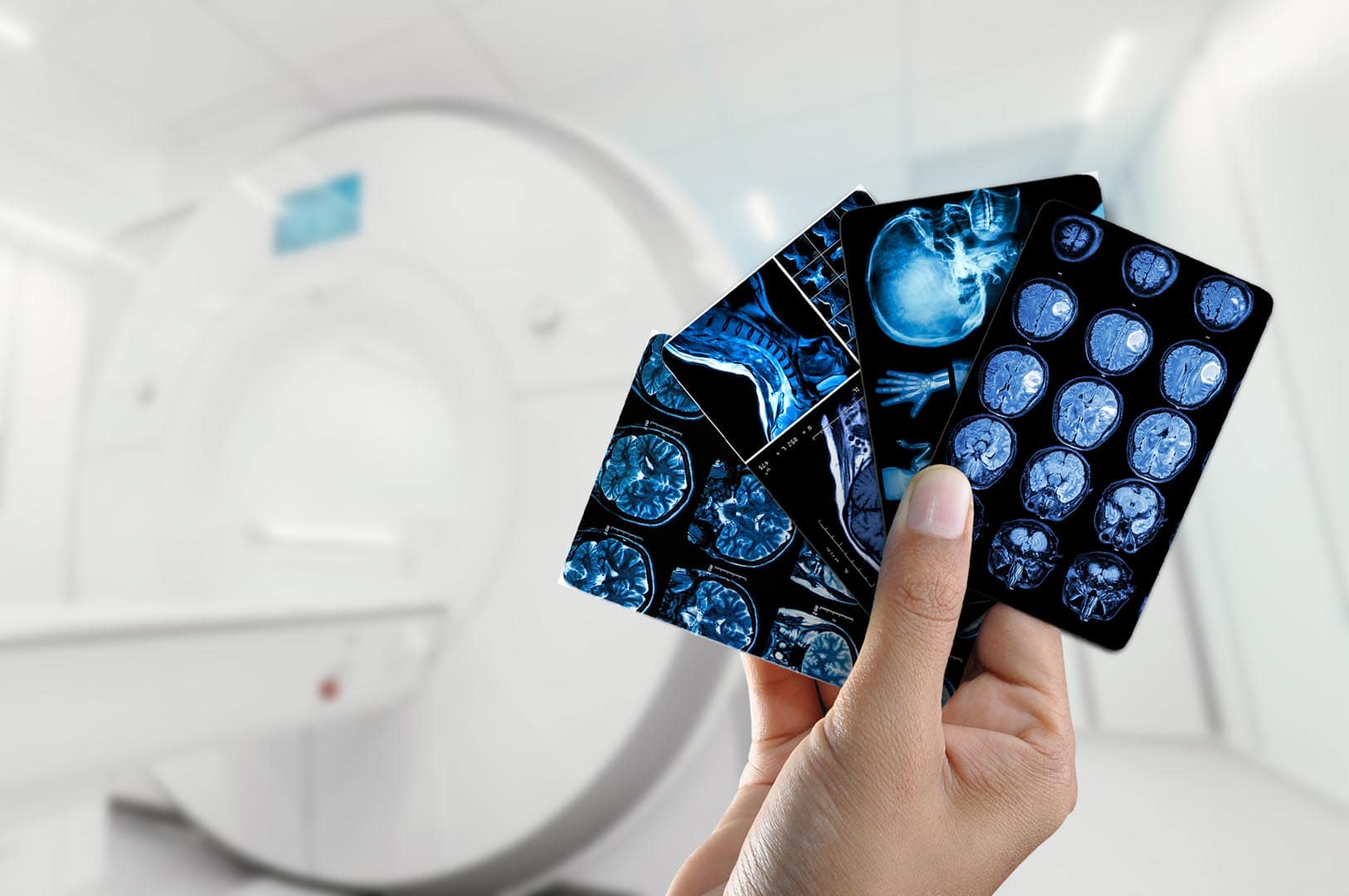One of the many diagnostic tests your child with autism spectrum disorder (ASD or autism) may encounter, if prescribed by your pediatrician, is Magnetic Resonance Imaging (MRI).
What Is Magnetic Resonance Imaging?
MRI is medical imaging based on the resonance of atomic nuclei in a strong magnetic field. MRI is regarded as superior to computed tomography for most central nervous system abnormalities. It is used primarily in medical settings to produce high-quality images of the internal parts of the human body.
Advantages of MRI
- Superior soft-tissue contrast resolution
- Ability to image in multiple planes
- Lack ionizing radiation hazards
Contraindications to MRI
The MRI can be viewed as a huge magnet. Therefore, certain objects are not allowed near it. These include:
- Pacemakers
- Metallic aneurysm clips
- Metallic prosthesis
- Metallic objects such as jewelry, watches, pins, hairpins, metal zippers, eyeglasses, etc.
- Electronic objects such as credit cards and hearing aids since the machine can destroy these
Preparing Your Child for an MRI
You need to explain to your child, who is affected by autism, the step-by-step procedure of MRI, to gain his cooperation and to avoid adding stress with the new visual and auditory stimuli he may encounter. The use of pictures and videos will help your child be familiar with the equipment and the process itself. Telling social stories is the easiest way to introduce the MRI procedure to your child.
Since children with autism are known to be very sensitive to loud noises, explaining to your child that the machine will make a loud thumping/humming noise throughout the whole procedure will help prepare him for the actual test. It is also important to inform and prepare your child that he will be placed in a very tight and closed space. Moreover, making any sort of movement — even the smallest ones — will result in blurry images.
Blurry images mean the procedure has to be repeated; therefore, telling and helping your child be very still once he is inside the machine is important for a successful procedure. Practicing how to be very still at home is a good way of preparing your child.
MRI Procedure
Your child will be positioned on a moveable table. Straps will secure your child safely and will also aid in keeping your child still during the course of the procedure. The table will slowly move your child into the machine. Appropriately fitting earplugs or headsets with music will be provided for your child, since the machine produces a loud thumping noise while it takes pictures of your child’s body.
If the physician ordered an MRI with contrast or dye, a nurse via an intravenous route will administer this during the procedure. This is usually done to see if there are any blockages to the part of the body being scanned. This will be removed after the procedure is done. The whole procedure, depending on the part being scanned and the ability of your child to remain still may take 15–30 minutes.
As mentioned, tiny movements may void the MRI test causing the procedure to be done repeatedly. If a child cannot cooperate at all, sedation may be prescribed prior to the procedure.
References:
Mosby (2002) Mosby’s Pocket Dictionary of Medicine, Nursing & Allied Health (4th ed). Singapore: Elsevier http://www.radiologyinfo.org/en/info.cfm?pg=bodymr
Copyright © by Special Learning Inc. All right reserved.
No part of this article may be reproduced in any manner whatsoever without written permission except in the case of brief quotations embodied in critical articles and reviews. For information, contact Special Learning Inc., at: contact@special-learning.com












